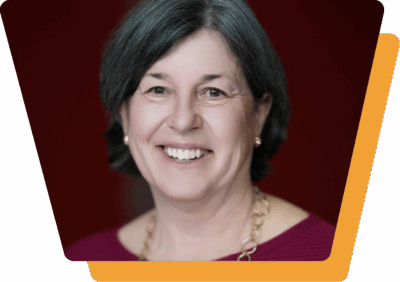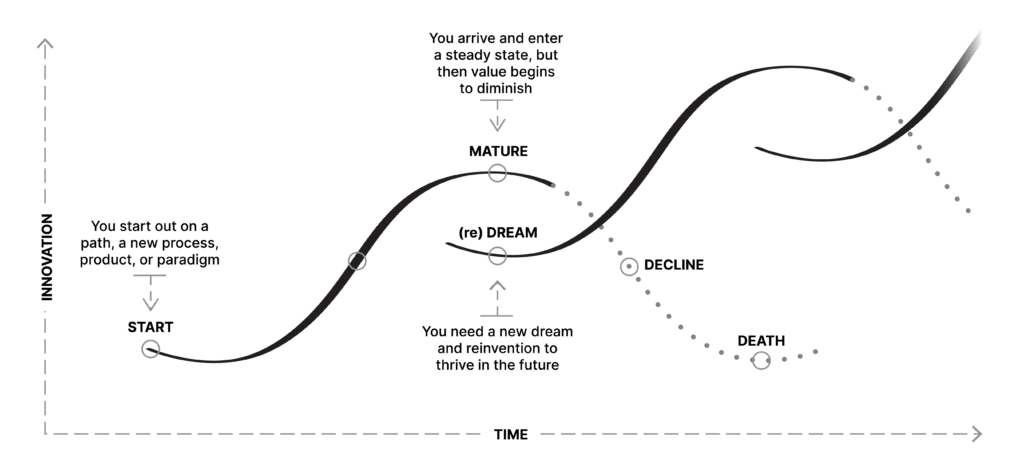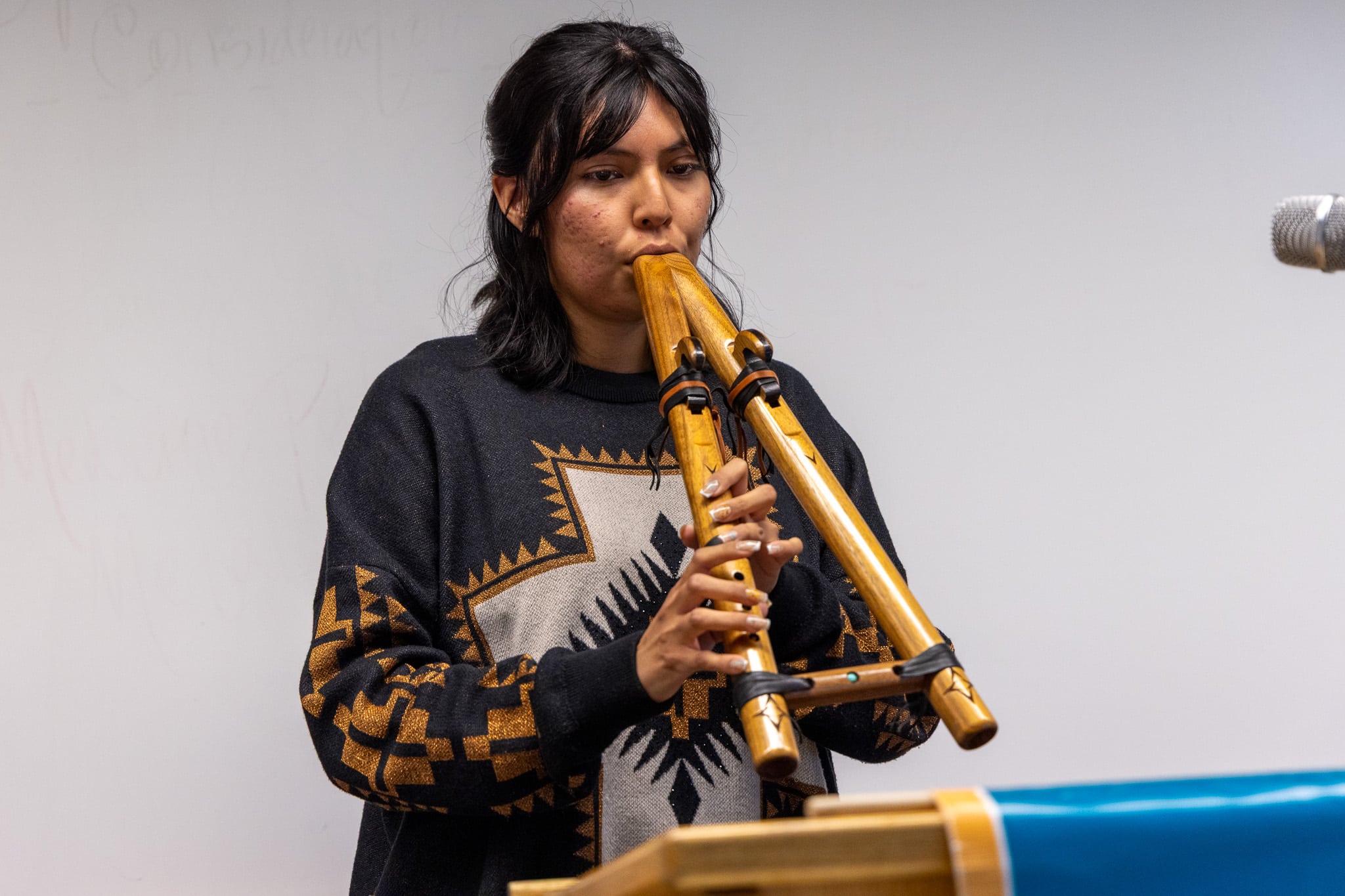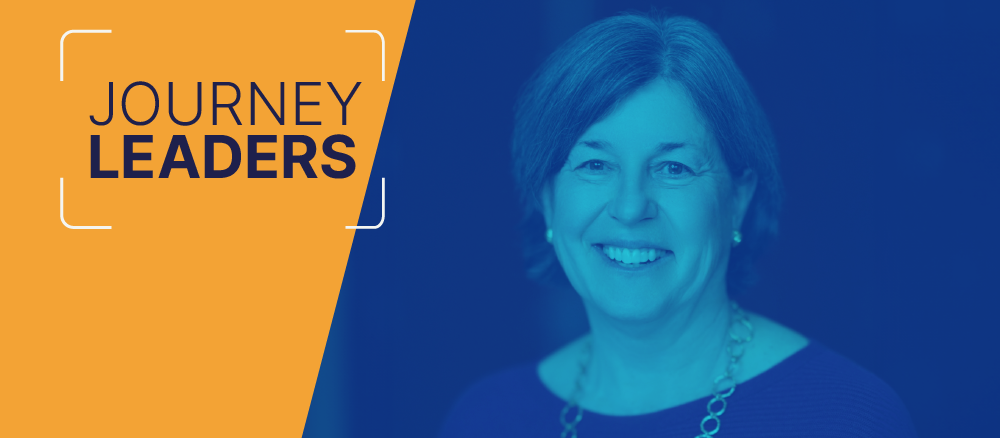
This month I notified the Achieving the Dream Board of Directors that I do not intend to serve as president and CEO beyond the expiration of my current contract in June 2026. You can read the official announcement here.
So, I write this update with mixed emotions.
Those of you who know me well know that I am deliberate in my approach to leading. In fact, “deliberation” is one of my top five StrengthsFinder attributes (much to the surprise of some who think “competitor” would rise to the top of this list). And I have been deliberate with this decision. It was not an easy one to make.
I love Achieving the Dream and everything about our mission. What brought me here in 2015, a desire to bring what I was learning about institutional transformation from the seat of a leader practitioner, still inspires and motivates me.
Leaving Montgomery County Community College (Pennsylvania) was hard, but at ATD the country became my campus. Through you and your leadership and the successes of your colleges, I have continued my learning about institutional transformation and worked hard to be a national and international voice for the essentialness of community colleges.
I have thrived in this space because of those who came before me — mentors at Harford Community College, Camden County College, and Dundalk Community College, who invested in me before I became a college president — and now colleagues from partner organizations, our ATD Board, and funders.
Many of those mentors told me over the years that how you leave an organization is as important, if not more important, than how you enter an organization. I’ve watched transitions, and I have been part of transitions. I think this advice is spot on, though we focus much of our leadership development conversations on “entering” (e.g., the first 100 days). And this advice has been at the center of the “why” for my decision to leave.
Perhaps the first reason is that nearly everything is in place at ATD. The organization will be fine when I am gone. ATD is a strong and healthy nonprofit. We are a vibrant Network with strong brand awareness and respect for our approach to reform. Our work has grown to touch close to 500 open access colleges, including most of the Tribal Colleges and Universities as well as institutions in South Africa and New Zealand.
The finances of the organization are more diversified and sounder than at any other point in the organization’s history. We are financially strong with a diversified revenue structure, including philanthropy, our work with Network colleges, meetings and events, and investment revenue from our wise decision to endow half of the $20 million gift from McKenzie Scott in 2021 to provide another source of operating revenue.
We have a talented team that supports our leadership, data, K–college, teaching and learning, and holistic student supports services. Our events are known for being practice-based and peer-led. Our coaching cadre and our coaching approach reflect the composition and needs of our colleges. ATD is truly seen as a thought leader, as demonstrated by the production and demonstration of so many field-facing tools around topics like open education resources, digital courseware, building a culture of teaching and learning, and understanding your students. And our new community vibrancy overview and series of briefs are constantly being downloaded from our website by ATD and non-ATD colleges.
It was not always this way. Back when I was in my MBA program, I was introduced to the product life cycle. It stuck with me, and that is why I am so attached to the “S curves” of transformation that Nancy Duarte brings to life in her book Illuminate. You’ve seen me refer to this many times, including in this year’s DREAM keynote.
ATD has evolved through three deliberate “S-curves” — climbs over the past 10 years, re-dreaming to remain relevant and grow as we get closer to the top of the hill.
ATD’s Three Climbs
Organizational transformation and the launch of a comprehensive reform model (2015–2018).
ATD focused on bringing deeper value to institutions beyond the original reform model that focused heavily on data-driven decision-making but had not yet identified the capacities that institutions need to raise completion rates and be fully student-centered.
Building the portfolio for equitable results, resilience, and responsiveness (2019–2022).
ATD focused on helping colleges introduce comprehensive changes at scale involving the entire campus; establishing customized, holistic student supports inside and outside the classroom; and emphasizing the importance of excellent teaching and the use of data beyond accountability purposes. The organization also focused on helping colleges address longstanding inequities that were exacerbated during the COVID-19 pandemic. This was one of the most successful periods for the organization, which grew significantly as it responded to the challenges facing colleges and their communities.
Launching a new strategy and framework for community vibrancy (2022–2025).
During this period, ATD focused on helping colleges work “inside-out” — deeply understanding students and how transforming institutions supports their success and influences communities — and also “outside-in” — working with the community to broaden access for populations excluded from college, improve the student experience through college and gain traction for high-wage jobs and careers after college, and develop financial stability for students’ families and help communities flourish and thrive economically.
Each of these phases required a new vision, strategy and planning, and extraordinary delivery and implementation, with concomitant changes within the organization to manage new operating approaches.
As an organization, we are once more near the top of the next hill. It’s time for another period of re-dreaming and a strategy that takes us on that next climb. We enter the climb this time with a solid core business plan and strong organizational fundamentals.
Through each re-dreaming phase at ATD, I have also gone through my own leadership and personal “S-curve” cycle. Leading and shaping strategy and building the discipline and resilience to see each strategy through has required me to continually reinvent myself and test my thinking about transformation and ATD’s role in a changing landscape. Each climb has also placed new demands on my priorities.
With another climb on the horizon, and ATD now engaged in what I call the “plan-to-plan” phase, I realized that to be fair to ATD, I must commit to another three to five years to begin and complete the next climb. In thinking that through, I decided it is also time for me to go on my next climb. This is a natural moment for leadership transition.
As leaders, we know these are not “our” colleges or organizations. We steward, for a time, the relevancy and future sustainability of our organizations. And as a steward, I have been working with the board on organizational sustainability and, thus, succession for several years. To me, organizational succession includes at least three strategic aspects, and succession thinking is an annual part of the organization’s work to keep it strong and viable. The three aspects include the following:
- Board succession — the cycle of strategically identifying and onboarding new board members when terms end and matching the talents of the board to the policy governance needs of the organization
- Building pathways and systems to support employee career paths that build and strengthen the organizations’ depth and breadth of talent and ensure seamless transition when key staff members leave the organization
- President/CEO succession, which includes developing a business continuity plan should the CEO suddenly not be able to serve, as well as a shared philosophy on what the approach to succession will be with a planned CEO departure
Given this deliberate approach to succession, ATD is well prepared to move into a national search for the next president/CEO. I am committed to supporting and making the transition as smooth as possible so that Achieving the Dream can build on the fabulous momentum we now have.
I don’t know what comes next for me. I do know that I want to continue to be a voice for institutional and community transformation, the focus of our work moving forward.
In purposefully creating the space to leave ATD without a clear destination, I am doing something for me, even though it will be uncomfortable. I tell my mentees that in thinking about their next steps, they should be running toward something and not away from something.
I know I am running toward deeper self-discovery. And ATD will continue to run toward even greater impact for higher education itself — and particularly for your students, institutions, and communities.
In the next year, let’s continue to support one another to make this a smooth transition for everyone.





